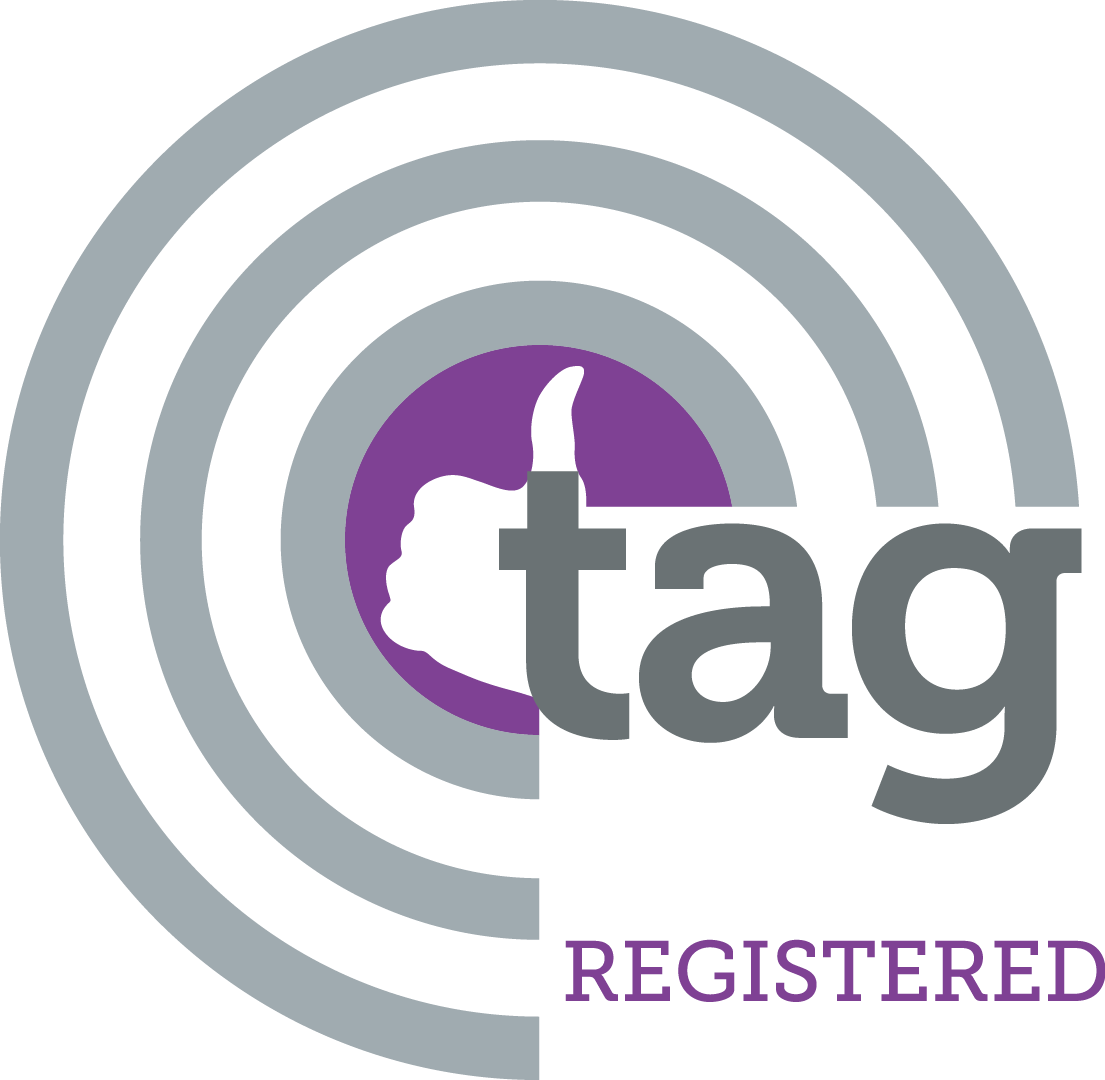The Forgotten Enabler of Online Personalization & Identity: Direct Mail
Featured in AW360
By Chris Pritcher, SVP, Creative Strategy, Merkle/CXM and Oz Etzioni, CEO at Clinch
September 24, 2021
The modern age heavily features information overload, with constant competing demands for our attention and patronage. In response, brands strive to deliver leading-edge customer experiences that support an exasperatingly difficult to achieve need for 1:1 relevancy. It is often assumed that new tools must be built and new sources of data developed in order to reach that modern nirvana. But among the addressability and identity tech solutions designed to make personalization at scale a reality, one tool is, unsurprisingly, perceived as too old to be useful, but, surprisingly, highly capable of helping solve the problem: direct mail. How can the granddaddy of addressable advertising – literally sent over land to a street address – enable digital-first brands to build, engage, and convert customers at a more personal level?
Identifying your audience is the obvious first step in any marketing strategy, yet often the hardest. A scaled direct mail program can provide a steady source of online identities, enable omnichannel personalization, and drive development efficiencies.
Direct mail: The “new” source of online addressable identity
Picture yourself receiving a personalized direct mail piece for a product that interests you and with a compelling offer encouraging you to respond right now. How do you respond? If you are like the majority of Americans, you go online to claim the offer – either by registering or by following a personalized link or QR code. The brand now has a direct link between your terrestrial identity and your online identity, with an authenticated sign-in. Apply this methodology to siloed media channels that can seem impenetrable if you lack the first party partnerships that are few and far between, such as CTV, and the value grows tenfold. But how many brands leverage that connection? Marketers need to shift their mindset and take real advantage of the modern opportunity that remains available in direct mail.
Online marketers should see this group of responders as a large pool of first-party online identities with expressed interest in the brand. Offline marketers need to stop measuring direct mail purely by response rate or “cost per” metrics. Offline marketers can deepen the value of their channel by measuring the number of identified users.
Direct mail and dynamic creative optimization (DCO): Omnichannel personalization empowered by highly effective creative
Marketers who overcome the natural silos of business can leverage the connection between online and offline to enable personalization and super-power test and learn. Dynamic creative optimization (DCO) enables a structured test-and-learn plan through auto-optimization and the immediate removal of ineffective creative. A strategic learning agenda can answer key questions for both offline and online marketers.
Offline marketers can use this pool of identified users to test creative concepts directly on their target audience. Strategic use of DCO can answer key questions on new offers, pricing, calls-to action, etc. in a matter of days versus the typical quarterly timeline of offline. Online marketers can leverage the longer format of direct mail to test a larger message strategy, product positioning, brand look and feel, etc. that are more difficult to clearly answer in a quick-read online environment and use that learning to inform their web, mobile, CTV, and OTT strategies.
Omnichannel efficiency: Critical to personalization at scale
Consumers crave and expect relevance. As Mike Law, President of Dentsu’s Amplifi US, recently noted “We live in really personalized worlds. And as we talk about media—if we can reach the right person, but we tell them the wrong thing, that’s highly ineffective, right? So, in a way that engagement has to be authentic, and it has to create a connection that consumers feel for the brand”. Marketers have invested heavily in data, technology, and analytics to enable that personalization. However, the content demands of that personalization bring most existing creative processes to their knees. DCO has been a critical solution to the challenge of online personalization, by enabling the rapid construction of creative assets through templates and elements.
By connecting the online and offline identities, DCO can now be used to create efficiencies across the consumer experience. Marketers can stop the siloed development of creative and can leverage impactful elements across both online and offline channels. We can now spend time bringing each channel’s unique powers to bear versus recreating the same elements over and over across channels.
Executing on the vision: The right tools and the right strategy
Like most visions, the integration of direct mail and digital cannot be achieved by simply making a technology purchase. Yes, marketers must invest in the right type of dynamic creative technology to ensure it has all the required capabilities. But they need to rethink their strategic, identity, and operational processes.
Direct mail must be seen – and measured – as a source of authenticated online hand raisers, not just as a way to carry a message into a mailbox. Brands must construct omnichannel learning plans to truly understand how to create experiences for these users online and offline. They must rebuild creative development processes to jointly develop the online and offline experiences.
The time to respond to your customers’ demands for personalized experiences and relationships is now. It is never true that the past has lost all it’s value, just as it’s never true that value adheres only to the brand new. The integration of direct mail and digital tactics through DCO is a powerful step toward building those relationships.



